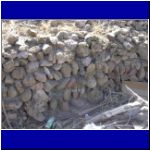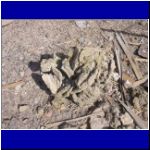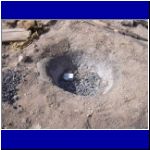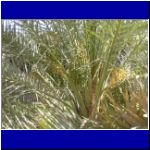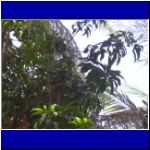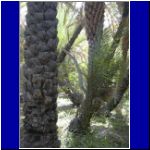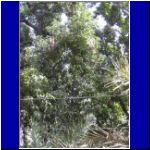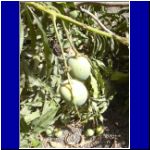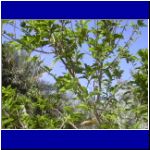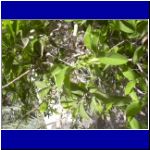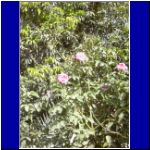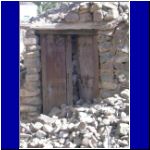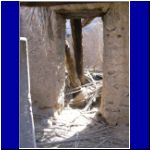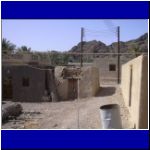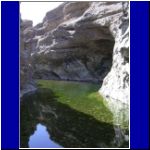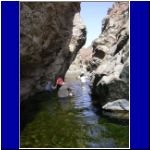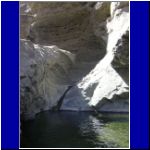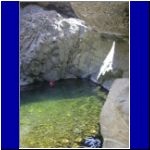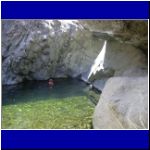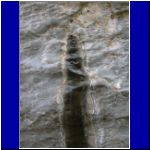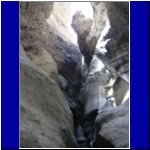Oasis and Gorge of Khabbayn
Oasis and Gorge of Khabbayn
'Khabbayn' is an Arabic word meaning "two caves" or two of some type of cavern. We think the name may be a reference that, between the oasis at Khabbayn and the oasis at Khutwah, there are two gorges. The wadis that drain two water catchment areas of that section of the Hajar mountains meet at Khutwah, one flowing out of the mountains and past Sultan's Oasis to Khutwah, the other coming our of the mountains to Jazira before meandering to the western (southern) side of the gorges.
The gorge on the Khutwah side is much deeper as the water cuts through several layers of conglomerate to get to the 'bedrock' below.
Many locals know the area as "Khabbayn" suggesting it is probably more famous for the two drainage systems than the modern oases. Most expatriates are familiar with the area because the oasis at Khutwah has been publicized in one of the off-road guide books popular with foreigners.
